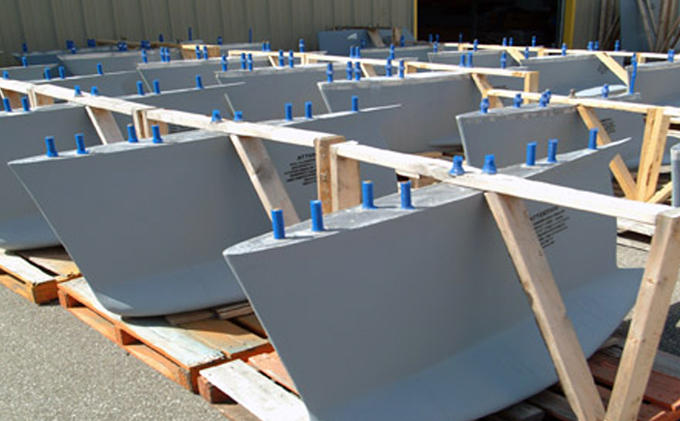At MarsKeel Technology we offer our clients all the services needed to manufacture top quality keels. We are far more than a lead foundry. We offer complete project management, design, and engineering assistance.
Our support begins with the first email or phone call. We discuss the project with the customer, be it the builder or designer, or engineer. We will ask for drawings; they are the basis of everything. Once they arrive, we really get the opportunity to get into the details of the project. Is it a “simple” lead casting? Or is it a more complete keel combining castings, fabrications, and machining you are looking for?
Costing
In terms of costing and pricing, you now see a range of the things that go into the manufacturing of keels. Some are quite straight forward while others require a lot of preliminary design and investigation just to be able to offer the customer a Ball Park price. The smaller, simpler projects can be costed in hours while the larger projects can take weeks. It is all defined by the complexity and the size of the project. As you can see the complexity is a range as big as the weight ranges. So remember next time when you ask me for a price and I start asking you questions, I am doing it to more clearly define the scope of work and details in the project, I’m not trying to annoy you.
We use a simple costing sheet as a road map through every project complex or simple. It allows us to layout the manufacturing processes needed to complete the project. This is a checklist that we haven’t overlooked anything. You check the drawings against the spreadsheet, is everything represented in both?
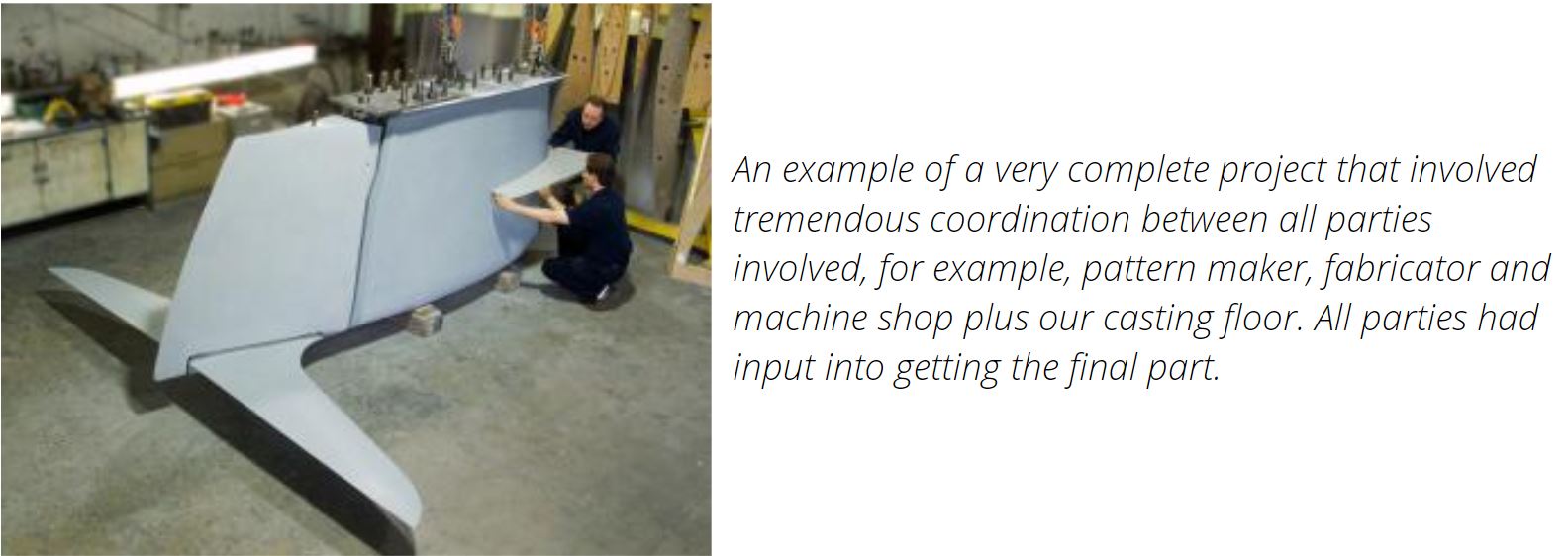
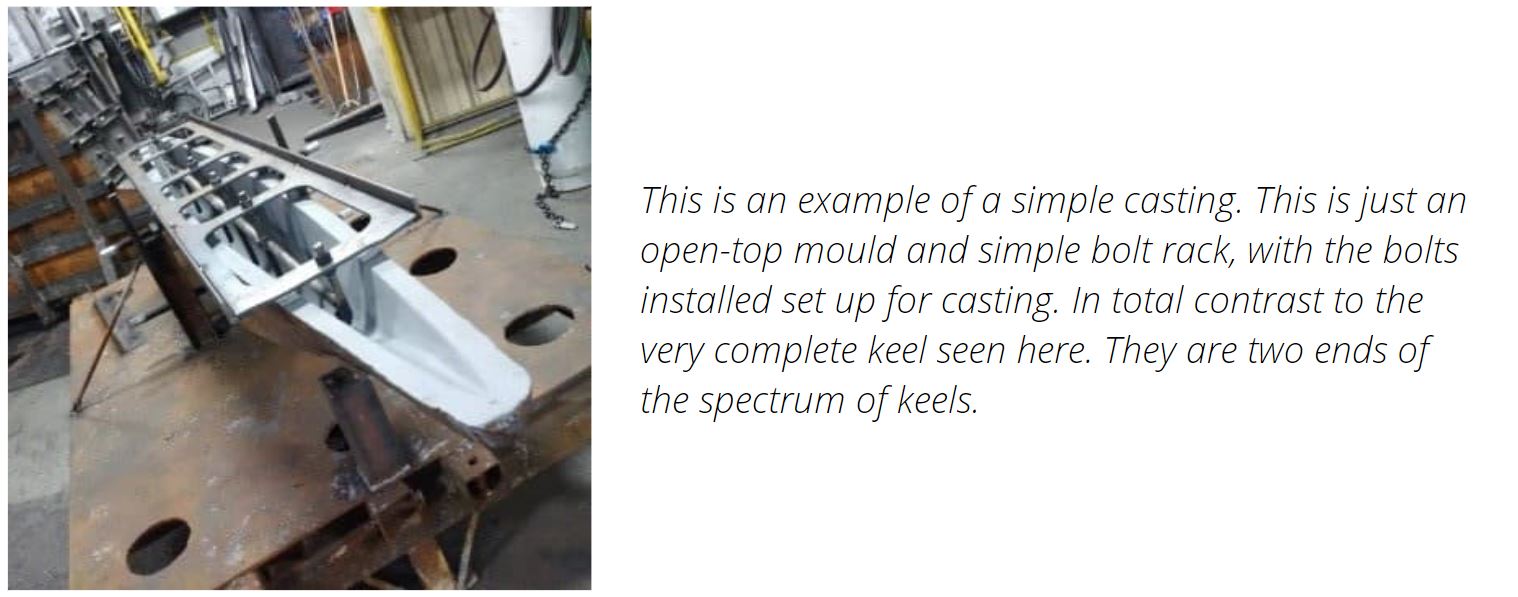
Manufacturing Engineering
Let’s get into the nitty and gritty of what we do for people. Don’t ask me for a price per pound, please….LOL Kidding…you can ask but I will ask you a lot of questions in return.
Here is a quick list of increasing complexity and cost of keel projects:
- All lead casting to approx. 50,000 lbs. (Least expensive option)
- A cast-iron fin with a lead bulb
- A fabricated fin and bulb
- A fabricated and CNC machined fin with a bulb
- A lifting keel with a fabricated CNC machined fin and a CNC machined bulb (Most expensive option)
- The last step up on the complexity ladder is deceiving, it is very large castings, simple right? Well not really, once you get above 60,0000 lbs. everything is bigger, heavier, and harder to do
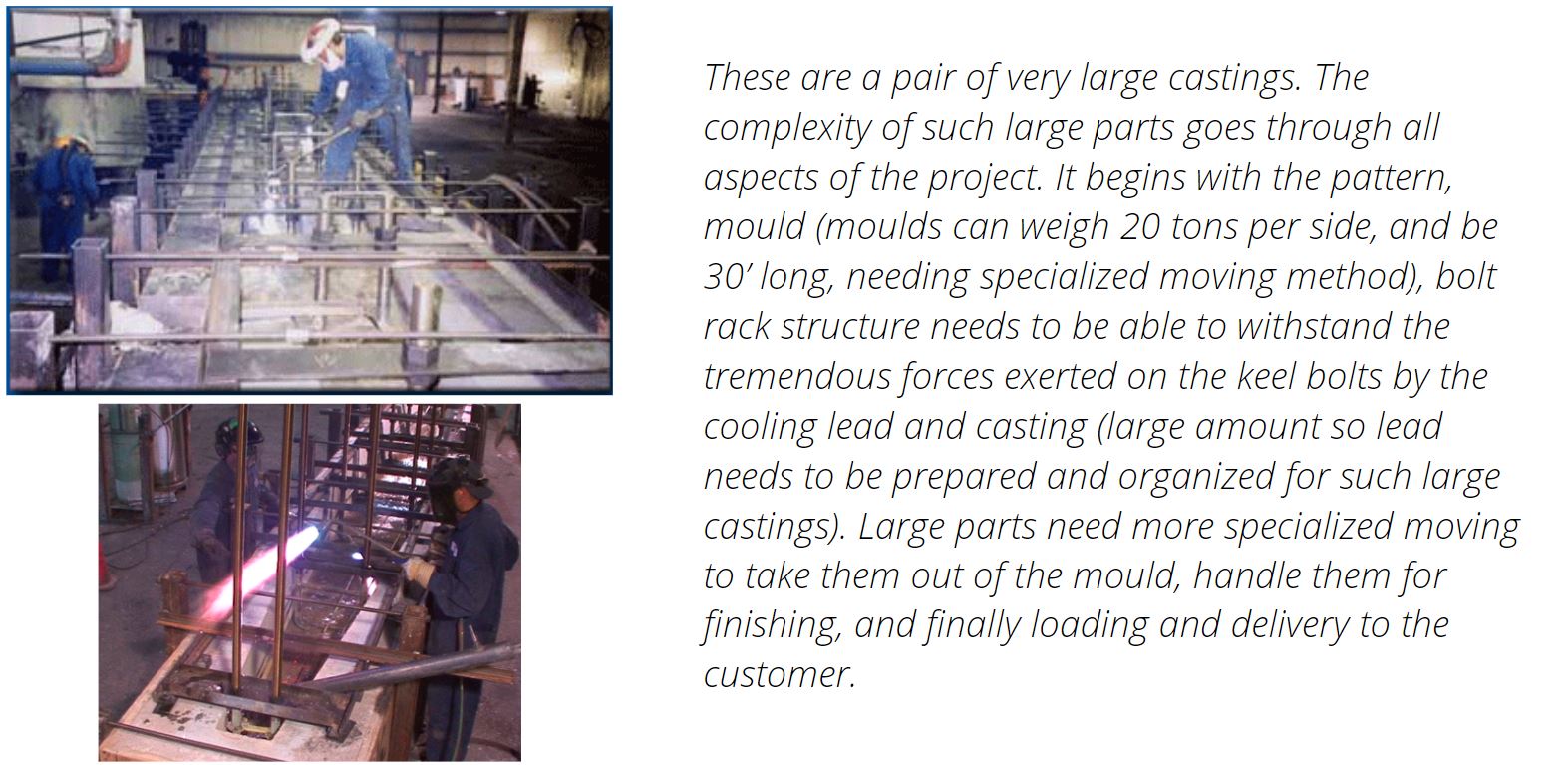
Once we know where in the range of projects you are, we can start creating a costing sheet. I work out a costing sheet for every job, it is the basis for every price that is offered no matter the size of the project. This part is boring but stick with me for a bit. Making the costing sheet requires us to look at every detail and find answers to any questions or concerns that might be seen in the offered design. No matter if it is a 15-line costing sheet for a simple casting or a 200- line costing sheet for a complex project it helps both us and the customer. It ensures us that we haven’t missed anything allowing our costing and thereby our pricing to be accurate.
We look at a project from two points of view: One, can we build it and how do we do it? Two, do we see any concerns?
- That is a general question, what will it take to make the keel? Just a pattern and mould or fabrication or machining etc.
- Do we see any areas that give us concern? This is usually the construction details; this is not a question of geometry. Is the fabrication designed in a way we can build, weld joint design etc.
It is from this point that we begin working through the costing and manufacturing engineering. Our design and manufacturing engineering can be as simple as making a keel pattern, mould, and flat bolt rack to support the keel bolts, to a combination of fabricated core boxes and machined parts. It all depends on the complexity of the project. None of these the customer or designer needs to know about or see, it is simply manufacturing engineering. If there are areas where we could make suggestions to the customer to save money, effort or time. This is not to say that it is always necessary, most of the projects that offer complete designs there is very little to discuss.
Price Range Explained
(1) is the simplest, an all lead casting can be typically made from a keel pattern, mould, and a bolt rack. There can be many complications added to this but in terms of “production boat keels,” it is the lowest cost and complexity.
(2) and (3) these are combined because they represent the next step up the ladder, just using different production methods to make the fin. (2) is a cast metal fin, usually cast iron, needing a pattern and machining for bolts. The fabricated fin option can be relatively simple to something more complicated like the fin shown below.
(4) this is a far more complicated fin. This is where every part of the fin is modeled and CNC machined, then fitted and welded together before being CNC machined to its final shape. This is also where we need to take care of everything is built in a way that allows for minor tolerances for fabrication and fit-up, welding distortion…..so the final machined part is right on spec in terms of shape and plate thickness.
(5) this is a continuation of (4), with the added complication of the keel lifting. This adds a keel head (area that stays inside of the keel trunk, guiding the keel and bearing blocks) This adds to the engineering and design work, per machining of parts and fabrication and final machining. You can see a lifting keel being final machined in the Surface tolerance section.
Fabricated Fin Material
In terms of a keel fin be it fabricated or cast, machined partly or completely, this is where our team is likely to have suggestions for the project. Our suggestions are not being critical of the shape or geometry of the keel, they are focused on construction details. We are always looking for new ways to make things like we all are…. better, cheaper, faster…. We offer the customer suggestions on things like the material required in a fabricated fin. If for example, they spec a SSAB Weldox grade we would suggest a grade of ASTM A 514. This material is having the same chemical and physical properties, it is less expensive and is available locally.

Possible Suggestions
We do make suggestions to designers when we can save them time and money on a project. These are suggestions for usually things like keel bolt material, can an off the shelf option work rather then a custom machined part? We will discuss the need for very tight surface tolerance, less than 1-2mm with the designer. Small projects likely don’t need it while larger projects do. If the tolerance is too tight it would require CNC machining to meet, adding greatly to the cost of the product. We will look at the fabrication design as well, is there anything that we are concerned about? Areas where we have solved problems in the past and would like to avoid now.
Keel Bolts
We might suggest something as small as a change in keel bolt material to offer a less expensive option if ABS or ISO bolt calculations allow the change. We can make keel bolts or studs and hex and jam nuts out of any material that is needed and have, from 17-4Ph to 2205 Duplex to NAB. But some smaller projects can have the cost impacted be making custom machined keel bolts and hex nuts rather than a readily available option, 316 SS or A4-70.
Fabrications
We may suggest changes in weld geometry on complex fabricated and CNC machined keel fins base on our engineers’ experience with such keels. For fabricated and machined keel fins the customer does not see that it is standard practice the side plates on a keel fin to be CNC machined are thicker than designed to allow for machining to the final shape.
Surface Tolerance
For a keel or bulb design that asks for very tight surface tolerance, <1mm. This surface spec would require a machined finish. For a smaller project, we ask the customer if that is needed or if a less costly and less precise option of hand fairing is possible.


Packaging and Delivery
It is not just through the production process that we are assisting the customer. We design and manufacture the shipping skids or cradles for the parts. For a small to a medium-sized part that is not a big deal. Usually, a custom wooden skid will secure the keel so that it arrives to the customer intact. The work begins when you know you are either shipping a very large part by road or sending the part overseas by ocean freight. The packaging and delivery are as important as the making of the part. If the packaging isn’t thought out clearly you can generate a lot of stress and confusion in the plant as they try to package it. it can also create confusion with the customer when the part arrives and there is no way of offloading the part.

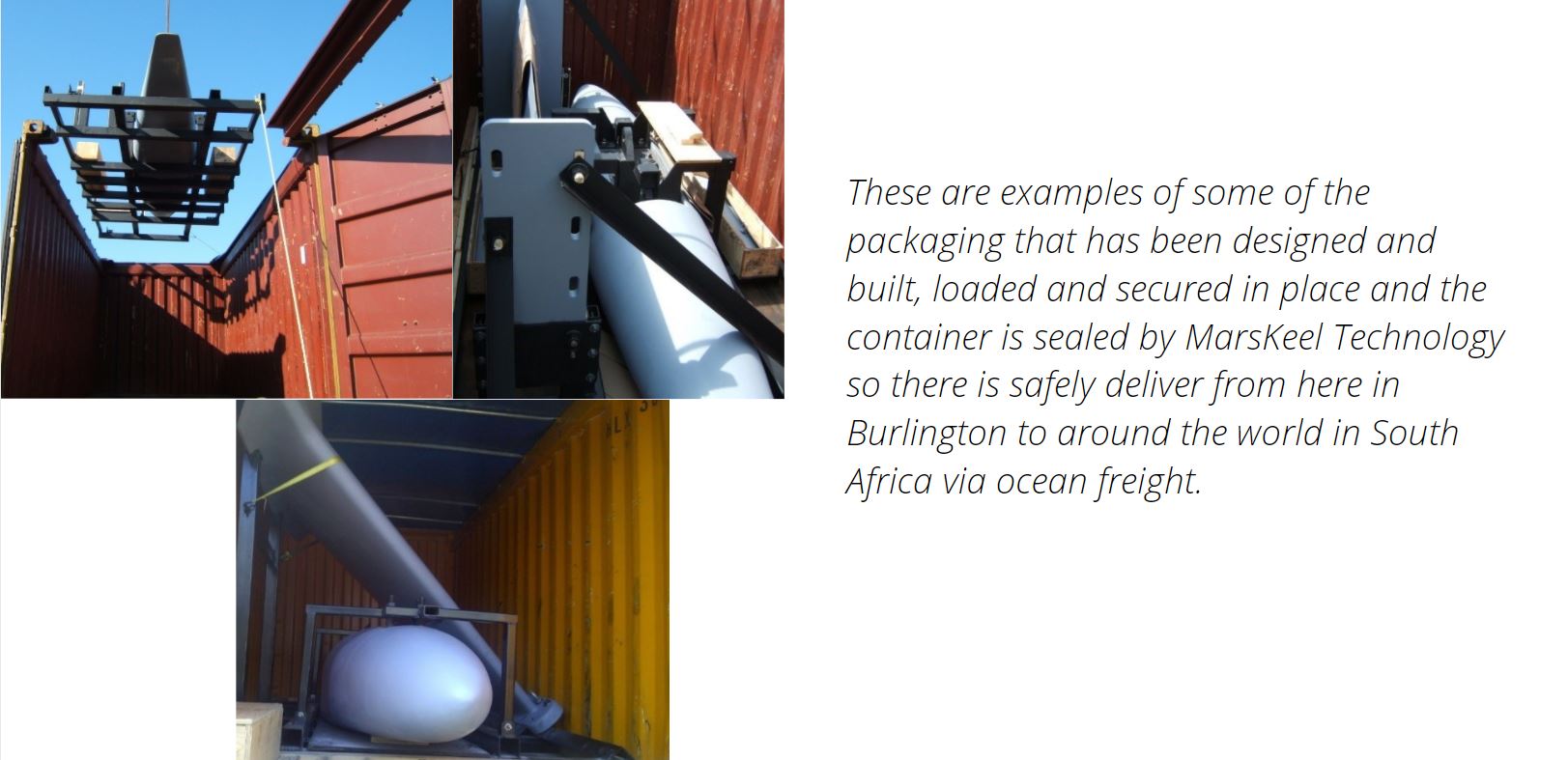
Conclusion
You can now understand the services and level of detail that we offer in all our projects. It is this level of detail that is reflected in the costing sheet and in the offered price. This is not to say that we overthink the project but based on our experience try to foresee and plan paths around any found concerns. If we can be successful in that then the end product and the customer will get the part they are looking for. It will arrive on-site anywhere in the world safe and sound. That is the basis for every question we ask and every option we offer, to get the customer the best part that we can make at a reasonable price and delivery time.
It is the details that make the project or break the project. The designed details are highlighted in the costing sheet and the conversations with our team. It would be false to claim that we have never made a mistake. However, it is not making a mistake but the way that you correct it is important. At this point our team has gone through decades of projects, from the biggest keel made in North America, 154,000 lbs. to small home builders projects, 1600 lbs. so we have gained the needed experience to avoid most concerns. Because of that experience we don’t offer suggestions for its own sake but trying to assist customers and designers to avoid them.
MarsKeel Technology is North America’s largest keel manufacturer, supplying keels to the top production yacht builders and offering repair and modification services for over 40 years.
Contact us today for your keel production, repair, and modification needs.

